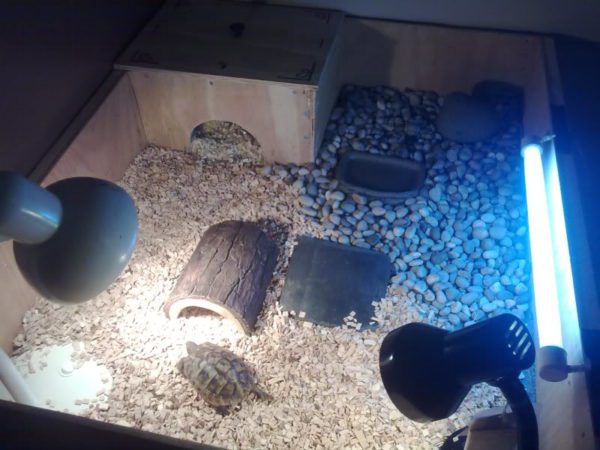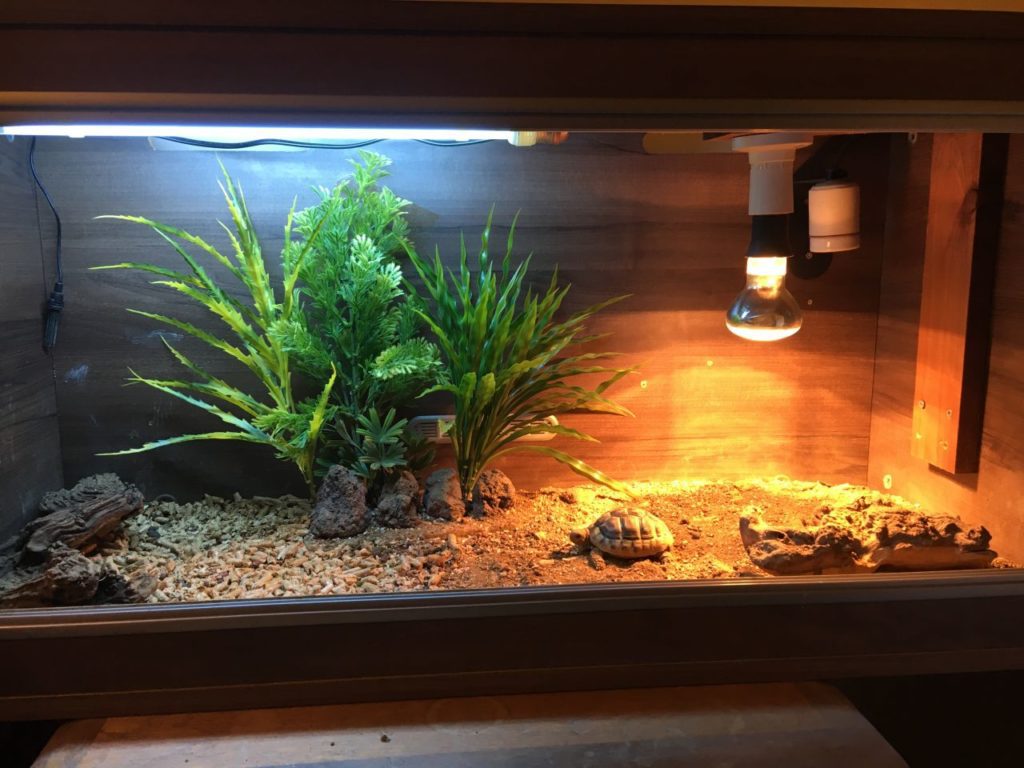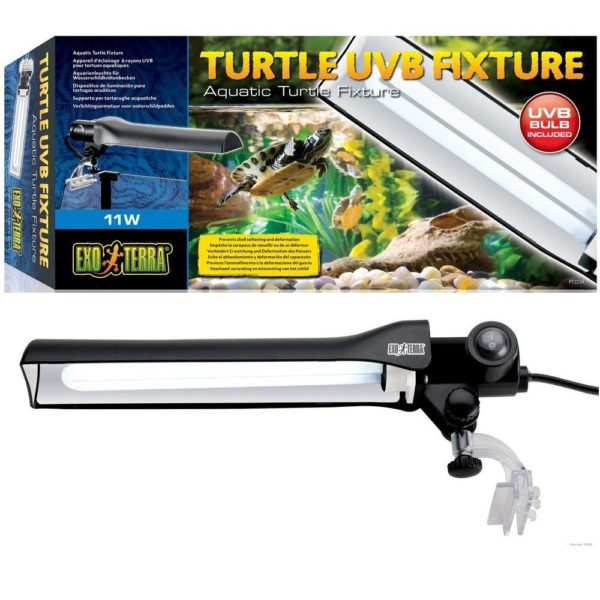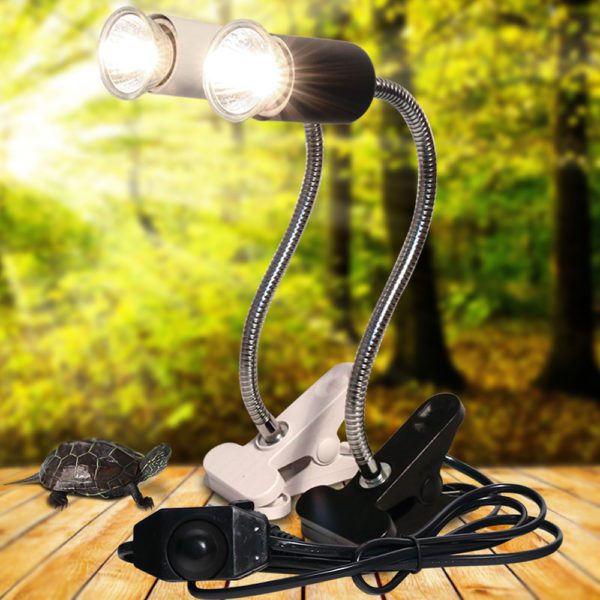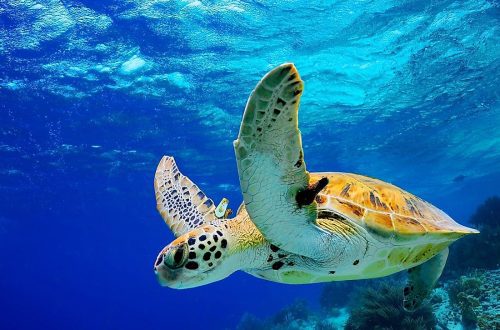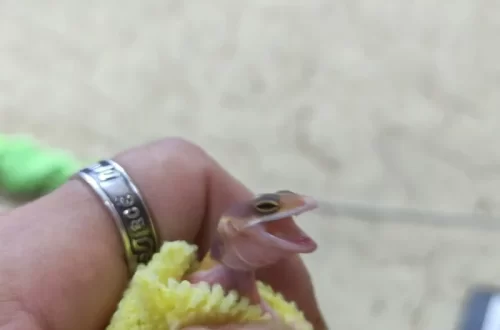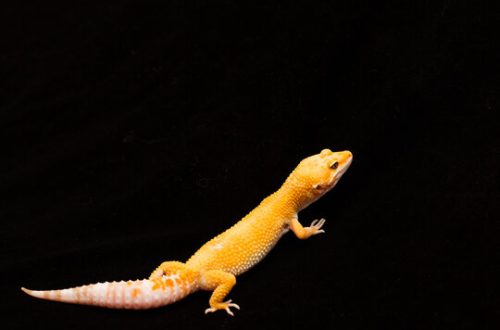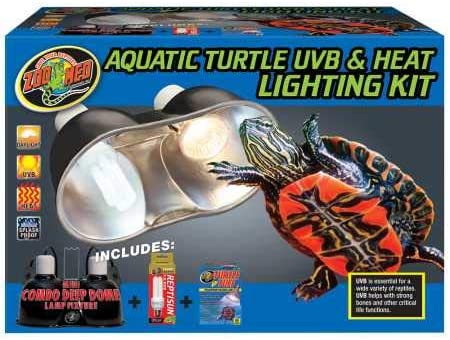
UV oriọna maka nduru: nhọrọ na ojiji nke ọkụ maka aquariums na terrariums nwere ntị-acha uhie uhie na terrestrial nduru.
An ultraviolet (UV) lamp is a source of artificial ultraviolet light for pet turtles, obtained by applying a thin film of an optical light filter to glass.
ọdịnaya
- Functions of ultraviolet
- Valid parameters
- The main types of lamps
- Most Popular UV Lamp Brands
- Nuances nke nhọrọ
- Iwu nke ebe obibi
- Ntuziaka maka iji
- Allowed and prohibited alternatives
- Instructions for collecting a homemade structure
- mmechi
- Video: necessary lamps for a land tortoise and their location
- Video: necessary lamps for aquatic (red-eared) turtles and their location
Functions of ultraviolet
In the wild, turtles receive a dose of ultraviolet light from sunlight. At home, the pet is kept in a terrarium, so sunbathing is minimized. With a deficiency of ultraviolet radiation, the reptile:
- lags behind in development;
- suffers from softening of the shell and brittle bones;
- becomes vulnerable to mechanical damage;
- falls ill with rickets;
- at risk of losing offspring during pregnancy.
The main reason for these disorders lies in the lack of cholecalciferol (vitamin D3), produced by the body under the influence of sunlight. It is responsible for the absorption of calcium – the main element of the bone structure.
Central Asian and other tortoises cannot get D3 from food because they eat plant foods. Vitamin supplements without ultraviolet light are not absorbed in the right amount for the health of the turtle. For aquatic turtles, the lamp is less important due to the nature of their diet. Red-eared predators obtain D3 from the entrails of the animals they eat. But, when kept at home, for both terrestrial and aquatic turtles, a UV lamp is a must.
One UV lamp for a turtle is not enough, so other species must be installed in the terrarium and aquarium:
- kpo oku. It is used to warm cold-blooded reptiles during the day. To maintain the required temperature, you can use a conventional incandescent lamp.
- infrared. The main function of this lamp is heating. It does not give light, therefore it is used at night at low temperatures in the room.

Valid parameters
Artificial light is needed for the activity and health of turtles. Too low temperatures (<15°) can induce hibernation and reduce immunity, while too high (>40°) can cause death.
For a comfortable life of a pet, it is necessary to maintain the following temperature conditions:
- 23°-32° – on land;
- 22°-28° – in the water.
The optimum temperature is achieved with 40-60 watt (W) lights and 100W water heaters (assuming a 100L aquarium).
For UV lamps, the power varies from 10 to 40W and depends on the length of the device. The longer the lamp, the more UV it emits.
In addition to power, it is necessary to take into account the value of UVA and UVB – ultraviolet rays that have different effects on the reptile’s body. The maximum allowable value of UVA, which is responsible for stimulating natural processes, is 30%, and the value of UVB, which promotes calcium absorption, depends on the type of turtle:
- the red-eared slider needs a 5 to 8% UVB lamp;
- for land – not < 10 and not > 12% UVB.
IMPORTANT! During pregnancy and illness, UVB is increased to 8-12% even in aquatic reptiles.
The main types of lamps
For keeping terrestrial turtles, an ordinary incandescent lamp is enough, and for keeping aquatic turtles, a more powerful lamp (not <20W) is needed to heat the pool or an additional heater.
In addition to the classic “Ilyich’s light bulb”, the lighting in the terrarium and aquarium is regulated by:
- mirror lamp. It differs from an incandescent bulb in directional lighting, which retains heat at a certain point due to the mirror coating.

- neodymium lamp. In addition to lighting and heating, it is responsible for the contrast of colors, giving brightness and saturation to the color of reptiles. It is more expensive than other types, but has protection from water.
- Ọkụ. LED backlighting is economical and durable, but loses to other types in terms of output power. It is difficult for her to warm up the terrarium and aquarium, but she can be used for aesthetic purposes, mixing red, green, blue and other available colors.
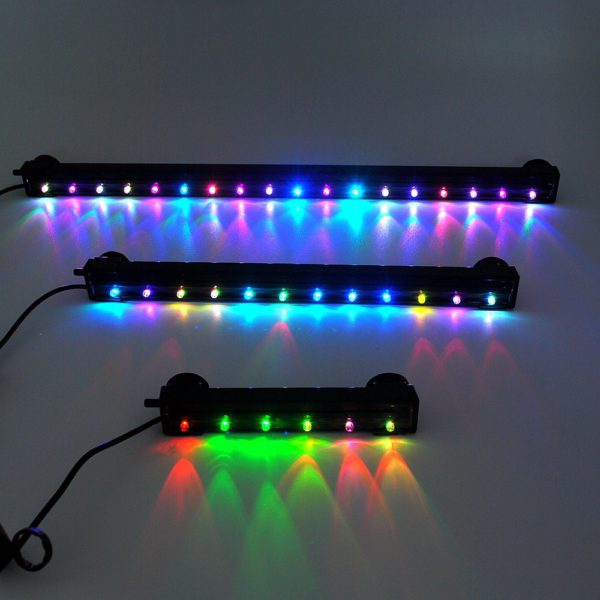
Among night lamps that do not give visible light, you can use:
- infrared;
- ceramic, protected from high humidity.
UV oriọna
The ultraviolet lamp for aquariums and terrariums is available in 2 varieties – fluorescent and metal vapor.
Mkpụrụ obi
According to the shape of the light bulb are divided into:
- Tubular. Thanks to the protective coating on the flask, ultraviolet is not dangerous for human and turtle eyes. The minimum diameter and maximum power are noted for expensive T5 models. The wide T8 model is cheaper, but inferior in quality.
- Kọmpat. They look like an ordinary incandescent lamp and are installed in the E27 base. They lose to tubular counterparts with a lower service life, which decreases due to frequent power surges.
Metal steam
Together with the necessary dose of ultraviolet light, the lamp warms up the terrarium well, therefore it is suitable for land turtles as the only source of daylight. Unlike luminescent ones, they have a longer service life, reaching up to 1,5 years.
Most Popular UV Lamp Brands
If you can buy an ordinary light bulb at any hardware store, then an ultraviolet light bulb will have to be purchased at a large pet store or ordered online.
The price of a UV lamp depends on:
- Onye rụpụtara ya. The cheapest models are Chinese samples (Repti Zoo, Simple Zoo Bulk), and the most expensive ones are European (Narva, Sera, Arcadia, Namiba Terra) and American (ZooMed, Lucky Reptile).
- ọdịdị. Narrow and long fluorescent lamps have the maximum cost.
On average, a UV lamp costs from 1 to 2 thousand rubles.
IMPORTANT! These brands have a line of lamps for both red-eared and Central Asian turtles.
Nuances nke nhọrọ
Most ready-made terrariums are equipped with built-in lamps. In order to save money, they put 2 incandescent lamps, which are responsible exclusively for heating the reptile, so future owners have to buy an ultraviolet source on their own. In order to choose a high-quality and safe UV lamp for turtles, consider the following characteristics:
- ike. It should be in the range from 10 to 40W.
- ogologo. Finding a turtle lamp that fits the size of an unpopular lamp is a daunting task. Long searches can be avoided by purchasing a device in sizes 45, 60, 90 and 120 cm.

- Radiation spectrum. Start from the type of reptile. Remember that the packaging always indicates the value of UVA and UBA. If the indicator is missed, then refuse the purchase. Otherwise, the turtle runs the risk of getting burned or left without the right dose of ultraviolet radiation.
- ụdị. Choose a tubular form that is protected from power surges, or a more expensive metal-vapor design.
- Brand aha. Don’t try to save money in China. Due to the short lifespan, the lamp will have to be changed at least every six months. It is better to choose a higher quality model from America or Europe with a service life of up to 1 year.
Iwu nke ebe obibi
In order to correctly place the purchased lamps, consider the following features:
- Ụdị Mpị. Tubular types are installed in special shades in the lid of the aquarium and terrarium, compact ones – in the base of a table lamp, and metal steam ones work only with a special starter.

- Minimum distance between lamp and soil. The distance should be from 30 to 40 cm and focus on the power and UVB value.
- Ụdị nduru. Water turtles use land for heating, so the maximum temperature is allowed there. For land reptiles, balance is important, so the lamp should be directed to one of the parts of the terrarium in order to give the reptile a choice between temperature conditions.
- iche okpomọkụ. Measure the desired temperature at the level of the dorsal shield of the shell. At ground level, the indicator is lower, so the pet can get burned.
- The volume of the illuminated area. The entire body of the turtle should fall under the rays.
IMPORTANT! The best place to place it is above the turtle’s head. When mounted on the side, the light unnerves and irritates the animal, and when mounted on the top, it successfully imitates the sun.
Ntuziaka maka iji
The heating lamp should burn for 10-12 hours, creating an imitation of daylight. At night, it must be turned off so that the turtles can sleep. If room temperature is not enough, use an infrared lamp that is not a light source, but maintains the desired temperature.
The operating time of the UV lamp depends on the age of the reptile:
- Tupu afọ 2. Young animals require a lot of ultraviolet light, so a UV lamp should work on a par with a heating one. It is not necessary to monitor the rays hitting the turtle directly, since the body will independently take the necessary dose of radiation.
- Mgbe afọ 2 gasịrị. With age, the animal loses its susceptibility to UV rays, but also does not experience an urgent need for them as in childhood. Reduce the lamp time to 3 hours, but make sure your pet spends at least 1 hour under the lamp.
IMPORTANT! UV exposure time should be longer in weakened reptiles. In winter, the duration of the procedures is increased due to the small amount of sunlight penetrating through the windows into the premises. If the work schedule does not allow you to strictly observe the turtle day regimen, use lamps with auto-on. Thanks to a special timer programmed for a certain time, you do not have to turn on the lamp yourself.
Allowed and prohibited alternatives
A pet turtle cannot live without a UV lamp. You can get the required amount of sunlight only in the summer, but even in this case, the animal may catch a cold due to a change in scenery while going outside. Temporarily, the UV lamp can be replaced with an erythema lamp used for tanning. Due to the powerful dose of ultraviolet radiation emitted, the maximum exposure to such a device should be no more than 10 minutes a day.
IMPORTANT! When irradiated with a tanning lamp, avoid contact with eyes. Such light can injure the reptile’s cornea.
Please note that not all blue light sources can replace a UV lamp. Danger for turtles are:
- oriọna quartz;
- medical ultraviolet irradiator;
- UV lamp for drying nails;
- energy-saving lamp with cold light;
- banknote detector;
- lamps for aquarium plants and fish.
Instructions for collecting a homemade structure
In order to save a UV lamp, you can do it yourself. Before you start, make sure you have:
- old housing from under the equipment or other basis for fasteners;
- driver, power supply and connector from an unnecessary lamp;
- screwdrivers, fasteners and soldering iron;
- fluorescent lamp;
- self-adhesive foil;
- wires from an old electrical appliance.
Soro ntuziaka n'okpuru:
- Paste the case (basis for fasteners) with foil, increasing the lighting area, and place the lamp inside.
- Connect the driver, power supply, connector and wires, observing the correct polarity.
- Make sure that all structural elements are securely fastened.
- Check all connections and connect the lamp to the mains.
- Fix the lamp above the terrarium.
IMPORTANT! Do not try to save without proper experience. Improper assembly threatens with fire or injury to the reptile, so trust the manufacturers.
mmechi
For a comfortable life, turtles need 3 types of radiation:
- ultravioletresponsible for the proper functioning of the body;
- ọkụ eletrikmaintaining the required temperatures;
- ìhè a na-ahụ anyaresponsible for maintaining the daily cycle.
Remember that UV lamps lose their power with use and need to be replaced at least once a year. If the case is damaged, remove the fragments and spilled powder into a separate container and be sure to ventilate.
IMPORTANT! Due to the low mercury content, the vapors are classified as low hazard, but can cause serious environmental damage if not properly disposed of. A broken device can be handed over to employees of the SES or the Ministry of Emergency Situations, to special collection points, the managing organization of the MKD or a private company that collects hazardous waste for a nominal fee.
Video: necessary lamps for a land tortoise and their location
Video: necessary lamps for aquatic (red-eared) turtles and their location
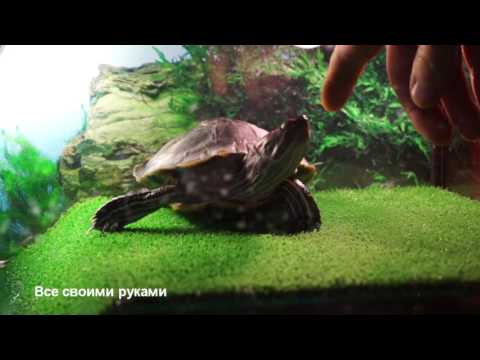

Lelee vidio a na YouTube
How to choose and use a UV lamp for red-eared or tortoises
3.5 (69.33%) 15 votes





